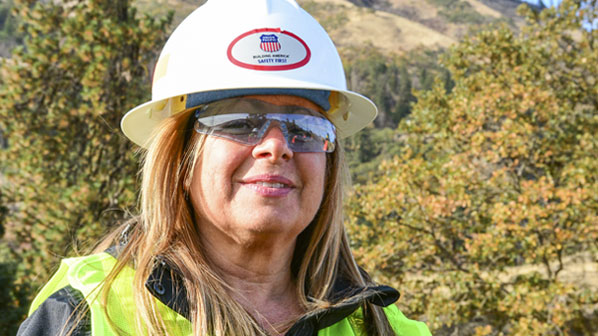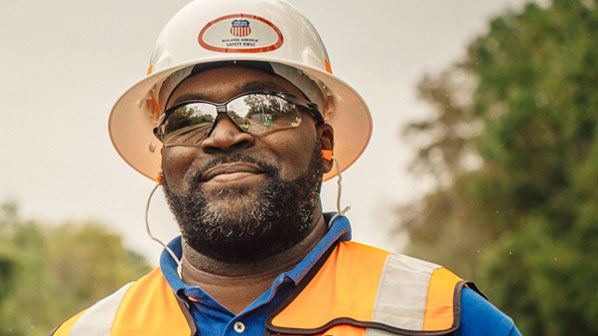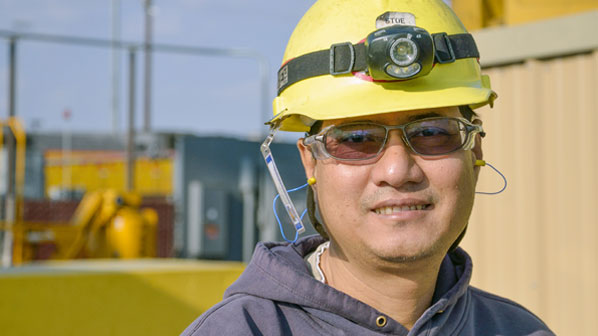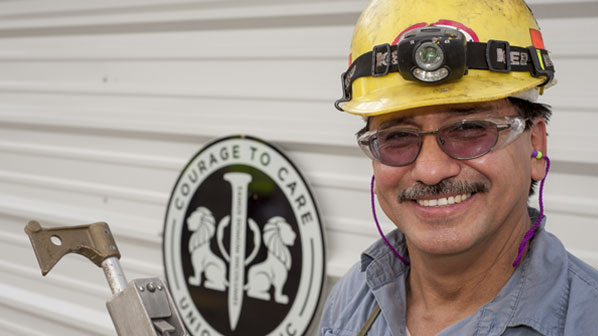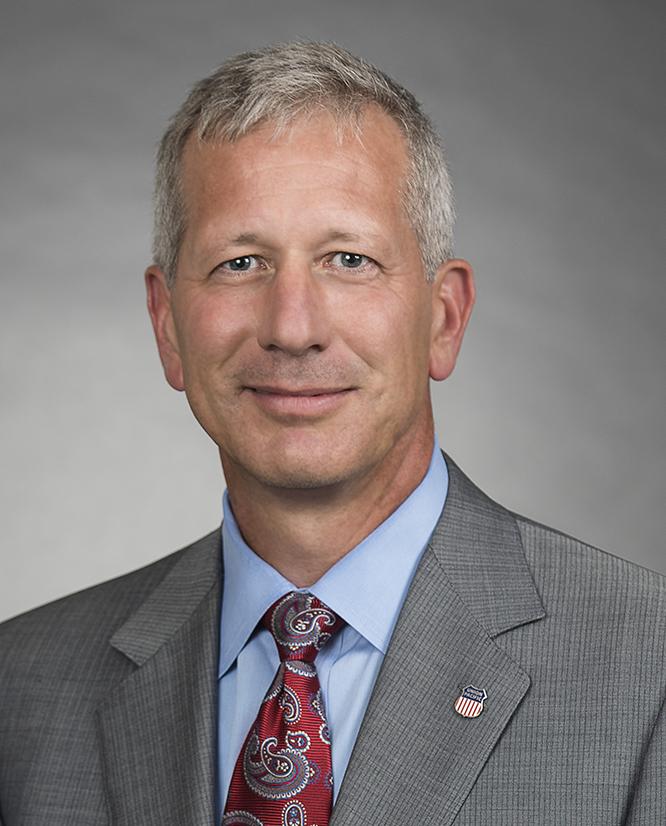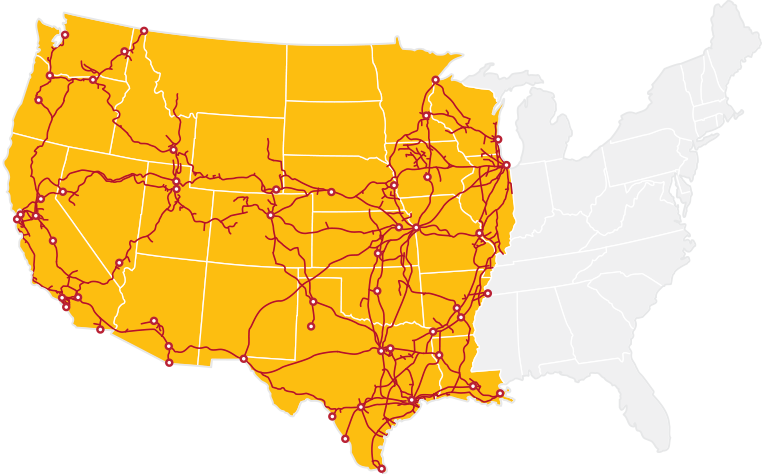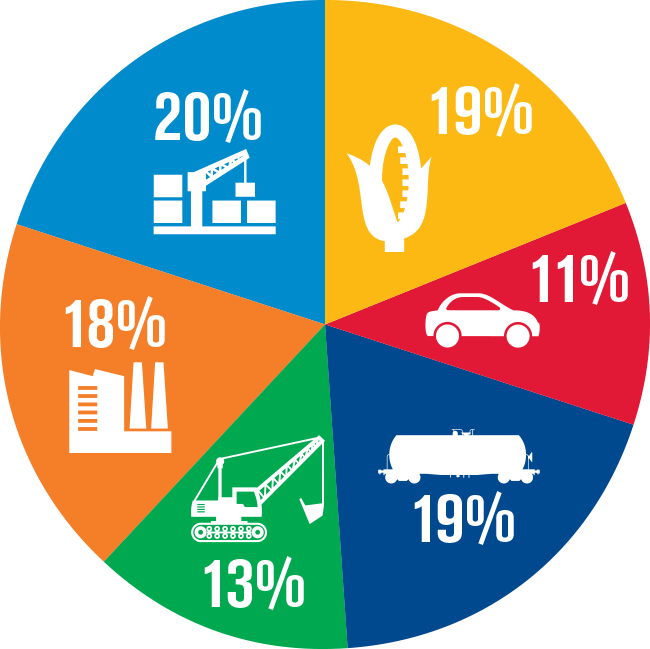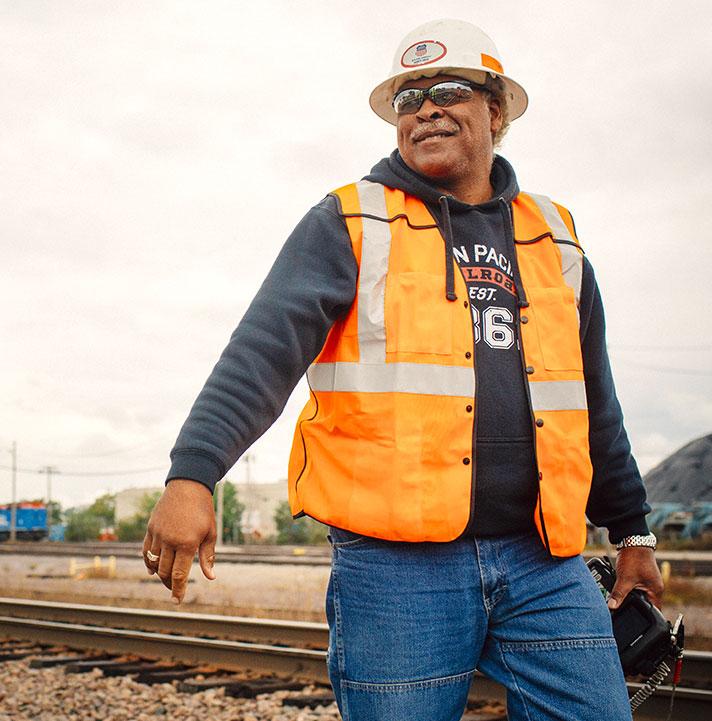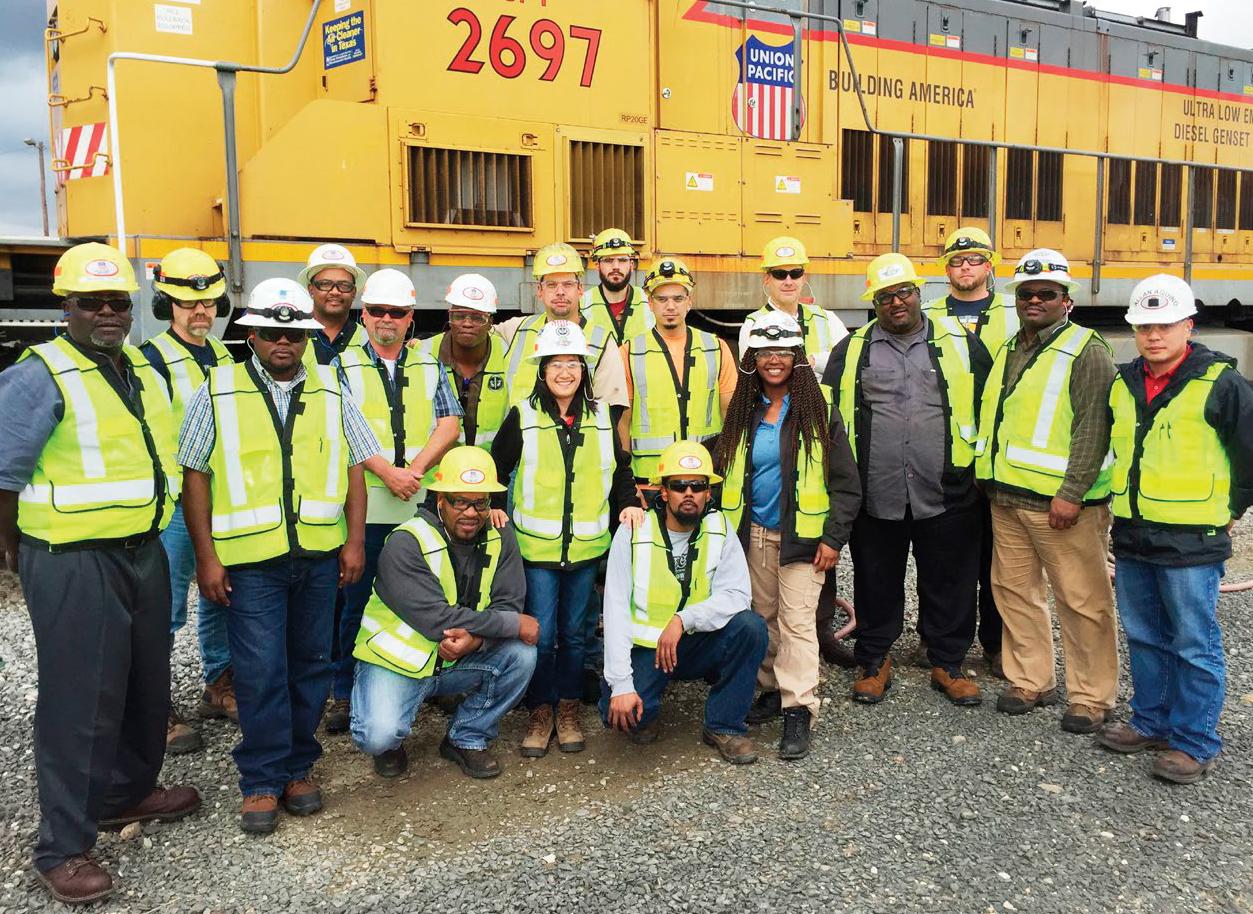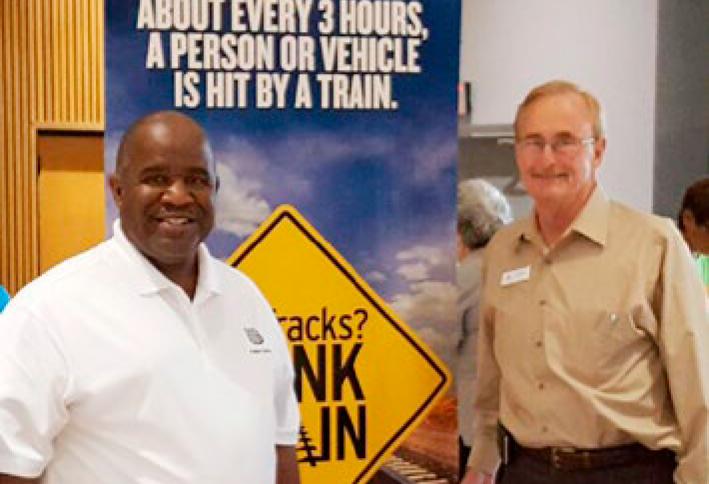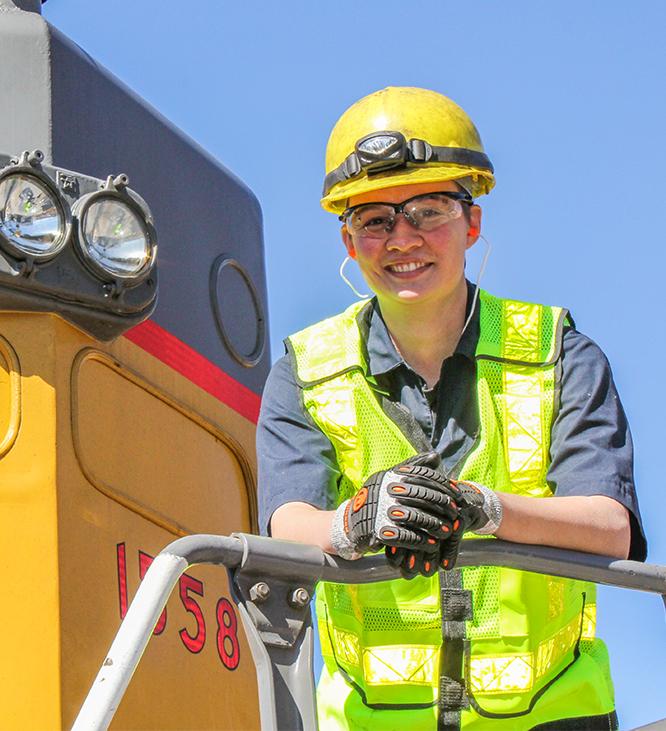What We Carry
Union Pacific moves the goods American families and businesses use every day. Our diversified business mix includes food we eat, cars we drive, chemicals to clean water and steel to build cities.
Our railroad serves many of the fastest growing cities in the United States and connects all major West Coast and Gulf Coast ports to Canada, Mexico and the country's eastern gateways. We have roughly 10,000 direct customers, and work to deliver products in a safe, reliable, fuel-efficient and environmentally responsible manner.
Diversified Business Products
Agricultural Products
The whole grains and other agricultural goods we haul feed America and many other parts of the world.
Automotive
We transport automotive parts, finished vehicles and aftermarket vehicles, taking them from assembly plants, operating or accessing distribution centers for all major auto manufacturers, and distributing imported vehicles from the West Coast and Gulf of Mexico.
Chemicals
Chemicals we carry help clean drinking water, produce plastics and fertilize crops. We also transport petrochemicals, crude oil and soda ash.
Coal
Coal generated about 30 percent of America's electricity in 2016, according to the U.S. Energy Information Administration. We ship coal from mines in the Southern Powder River Basin, Utah, Colorado, southern Wyoming and southern Illinois, delivering to electric plants as well as ports.
Industrial Products
We carry a broad range of raw materials and finished goods, including steel, pipe, frac sand, cement, military equipment, wind turbine components and lumber.
Intermodal
We transport intermodal freight containers for domestic and international shippers, moving products such as electronics, toys, furniture and clothing. One Union Pacific intermodal train takes up to 300 trucks off America's congested highways.
Mexico Markets
We are the leading freight transportation services provider between the United States and Mexico, and the only railroad to serve all six major Mexico gateways.
View More

